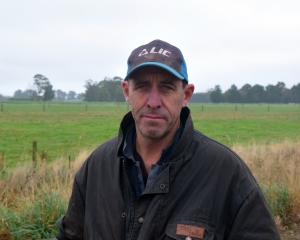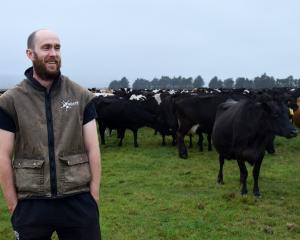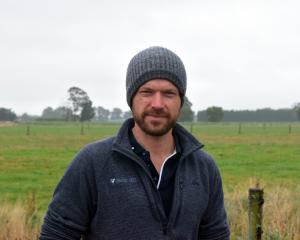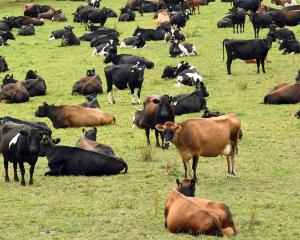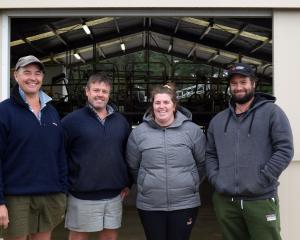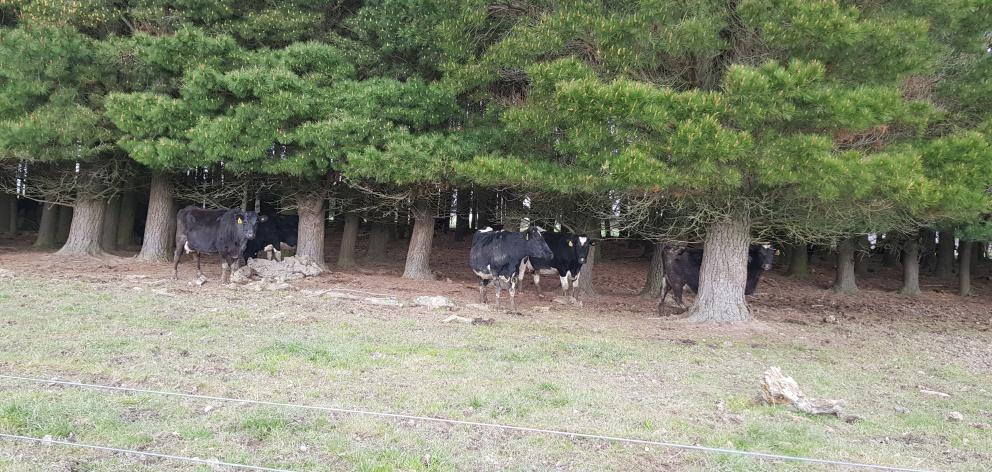
''I do consultancy work down here and have farmed in the North Island, and there is no perfect place to farm, as every area has its own challenges to deal with,'' he said.
He said there would be on average 15 days a year when stock had to put up with extreme weather events and consequences like flooding, but most bad weather passed pretty quickly.

''As long as cows are fed and ruminating, not stuck in mud or standing for prolonged periods, they can put up with very cold temperatures.''
Mr Withy and wife Charleen have four children: Lee (21); Sean (18), Aaron (15) and Tane (13).
The couple own a 143ha dairy property at Benmore/Kauana and this year are wintering 440 cows and employing a contract milker.
Their property also had a 0.8ha pine plantation that was warm, provided shelter and was ideal for calving.
''We have been down here for 19 years and wintering on crop, and we have not seen any animal health issues as a direct result of weather.
''We [Southland] lead New Zealand nationally in per cow production and we have healthy cows in good condition, so if animal welfare was an issue generally, we would not get the production we do get.''
He makes sure his cows had a good enough body condition score going into winter to ensure they cope with winter conditions.
''We aim for 4.5-plus by June 1 and 5-plus by August 1.''
He also budgeted for 14kgDM/cow/day, on crop.
While he and most other southern farmers followed recommended best practice for stock wintering, he said it was also important to look at improving those methods.
A contractor told him direct drilling of fodder beet was being tried in New Zealand, which reduced soil disturbance.
He said paddock selection was an important factor for successful wintering.
Farmers need to think about contours, waterways, and how to manage them.
How is it going to be grazed?
Use back fencing, and break feed stock along the length of a shelter belt, not away from it.
Use portable water troughs and shift when needed to ensure stock minimise the amount of walking they need to do to get a drink.
Are the soil types most appropriate for wintering heavy stock?
Do the paddocks have heavier or poor draining soils as they are not conducive to cropping?
Use 3m buffers on flat land waterways and critical source areas and 20m to 30m buffers on steeper land.
Mr Withy was concerned about the amount of pressure from the public and media about wintering practices.
''There are also headwinds from banks, Fonterra's poor performance and the Land and Water plan,'' he said.


